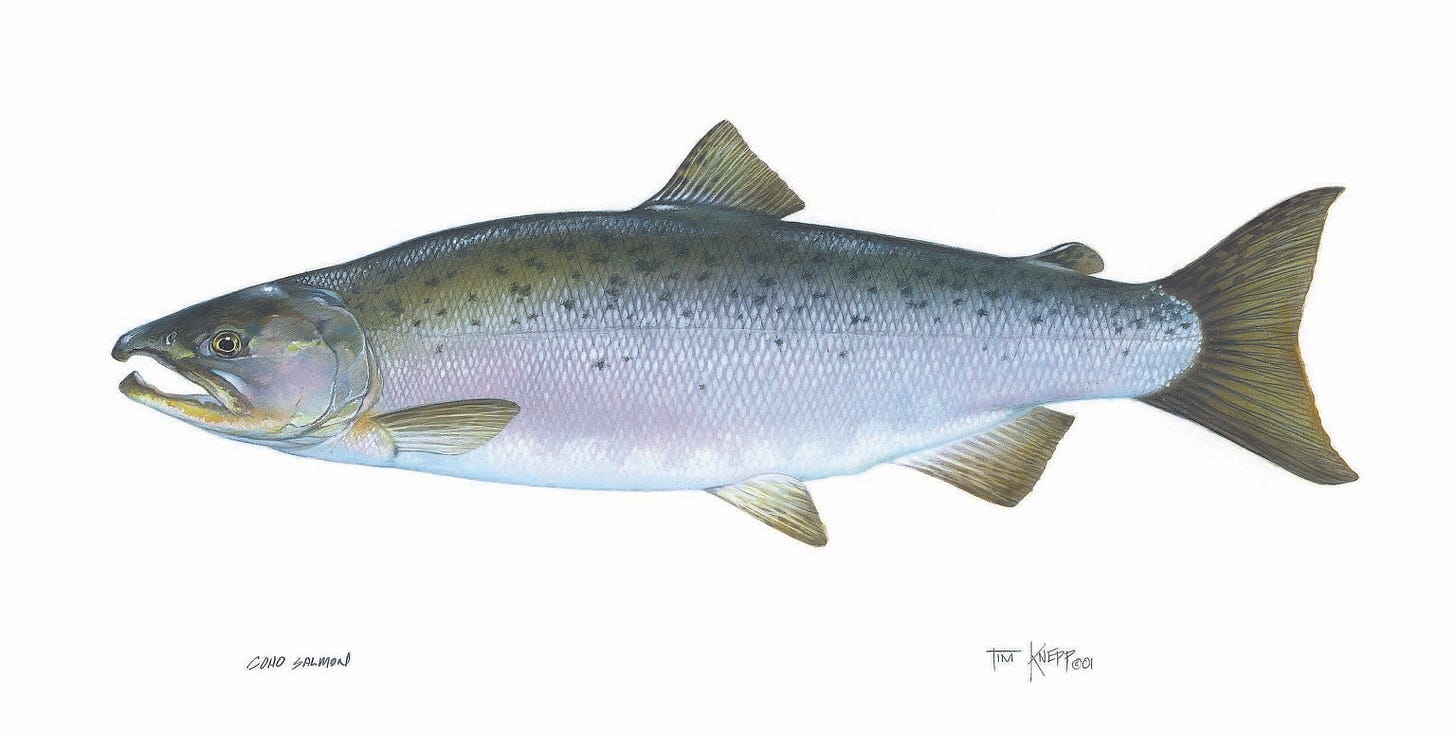California is in the process of removing several historic dams that have for decades supported farming communities in the northern part of the state.
A new study appears to demonstrate what these rural communities have claimed: dam removal is not only destructive for the towns that rely on them, but for the fish this enterprise portends to save.
The largest dam removal project in U.S. history is currently underway in the Klamath River. Four dams have been destroyed, releasing millions of cubic yards of accumulated fine sediment into the river.
A new meta-analysis published in Reviews in Fisheries Science finds this sediment may jeopardize salmon reproduction.

Salmon egg survival rates plummet dramatically when even just 10% of the gravel in spawning grounds is composed of these fine sediments. The sediment rates in the Klamath are far higher, coating parts of the river in a layer of clay and fine silt between several inches and several feet thick.
For every 1% increase in fine sediment, survival odds for Chinook salmon eggs decrease by 16.9% and 18.3% for coho salmon eggs—both important species in the Klamath River ecosystem.

Researchers identified two reasons why sediment measuring less than 0.85 millimeters poses a danger to spawning grounds. First, this sediment can suffocate salmon eggs by choking off the flow of oxygenated water through spawning gravel. Second, it can prevent fry from emerging by blocking interstitial spaces.
This level of sediment presence is almost unprecedented in river restoration history.






